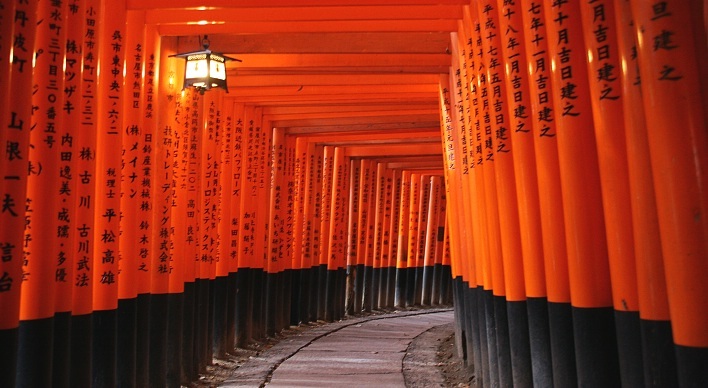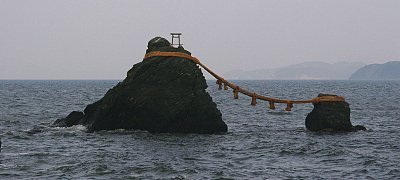jhine7 hours agoGosh ,thank you for a very comprehensive reply to my question ! Yes it was very interesting . Strip away the cultural differences , clothes , food etc and human beings really are very alike .
Jan
Sometimes, there can be marked differences. It seems fair to suggest that the earliest traces of religious thought indicate that shamanism was the original religious thinking. The shaman could be seen as the gate through which the spirit world could be contacted. The shaman therefore, could be seen as the predecessor of all religious leaders, (including elders (grin). We can study active versions of shamanism in may places in the world.
Tibet, where a syncretistic version of Buddhism developed between Indian Buddhism and the shamanistic beliefs of native Tibetans. I've no time at present to develop the idea, but essentially in many forms of shamanism, the spirits are everywhere, in special rocks, streams hills/mountains etc. Tibetan buddhism may have taken that idea over and saw the whole land as a battle between the original spirits (demons) and the guardians of the Buddhas.
In Japan, shintoism is a shamanistic religion, with spirits everywhere, I've taken the explanations below verbatim from a Japanese tourist guide. It seems to describe shintoism quite well.

Shinto does not have a founder nor does it have sacred scriptures like the sutras or the bible. Propaganda and preaching are not common either, because Shinto is deeply rooted in the Japanese people and traditions.
"Shinto gods" are called kami. They are sacred spirits which take the form of things and concepts important to life, such as wind, rain, mountains, trees, rivers and fertility. Humans become kami after they die and are revered by their families as ancestral kami. The kami of extraordinary people are even enshrined at some shrines. The Sun Goddess Amaterasu is considered Shinto's most important kami. Some prominent rocks are worshiped as kami.In contrast to many monotheist religions, there are no absolutes in Shinto. There is no absolute right and wrong, and nobody is perfect. Shinto is an optimistic faith, as humans are thought to be fundamentally good, and evil is believed to be caused by evil spirits. Consequently, the purpose of most Shinto rituals is to keep away evil spirits by purification, prayers and offerings to the kami.
Some prominent rocks are worshiped as kami.In contrast to many monotheist religions, there are no absolutes in Shinto. There is no absolute right and wrong, and nobody is perfect. Shinto is an optimistic faith, as humans are thought to be fundamentally good, and evil is believed to be caused by evil spirits. Consequently, the purpose of most Shinto rituals is to keep away evil spirits by purification, prayers and offerings to the kami.
Shinto shrines are the places of worship and the homes of kami. Most shrines celebrate festivals(matsuri) regularly in order to show the kami the outside world. Please read more on our special information pages about shrines and festivals.
Japanese shamanism was inherited from the Japanese ancestors from the mainland, where we can still find in the Siberian tribes, something that may be akin to the original shamanism. This is so interesting as we have a method of comparison. Around 18,000 years ago some of those Siberian people crossed into North America and proceeded to colonise both North and South America. They brought their native shamanism with them, so comparisons can be made.
For later changes within Asia may I recommend Richard Folz's book, "Religions of the Silk Road-Premodern Patterns of Globalisation."
In everything, though, I believe we should take the advice of Chinese thinker, Zheng Yi (1033-1107 CE):
"A student must first of all learn to doubt."
and
"Follow the path of inquiry and study."
So armed with an inquiring mind, that is prepared to doubt conclusions one always has a mind open to change.
The very last thing the JW overlords want their adherents to have.
Of course, Christians may argue that they also follow the path of inquiry and study, but as simplistic simon has posted, you must do so in"faith."
There is no room for doubt in simplisticSimon's world view.


